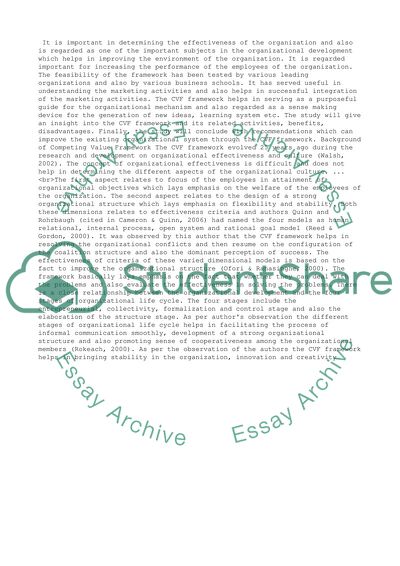Cite this document
(n.d.)
Retrieved de https://studentshare.net/business/1484922-competing-values-framework
Retrieved de https://studentshare.net/business/1484922-competing-values-framework
()
https://studentshare.net/business/1484922-competing-values-framework.
https://studentshare.net/business/1484922-competing-values-framework.
n.d. https://studentshare.net/business/1484922-competing-values-framework.


